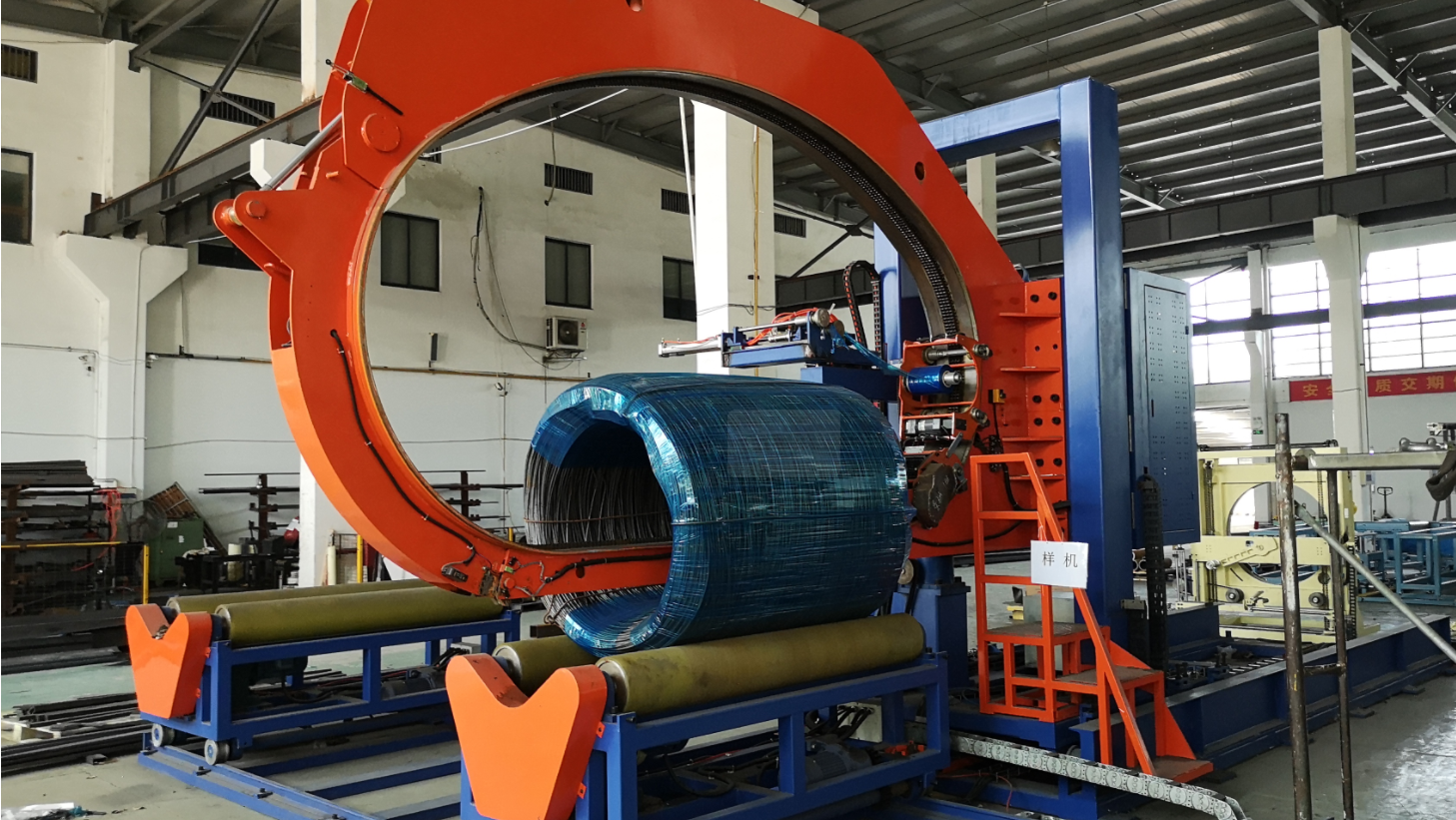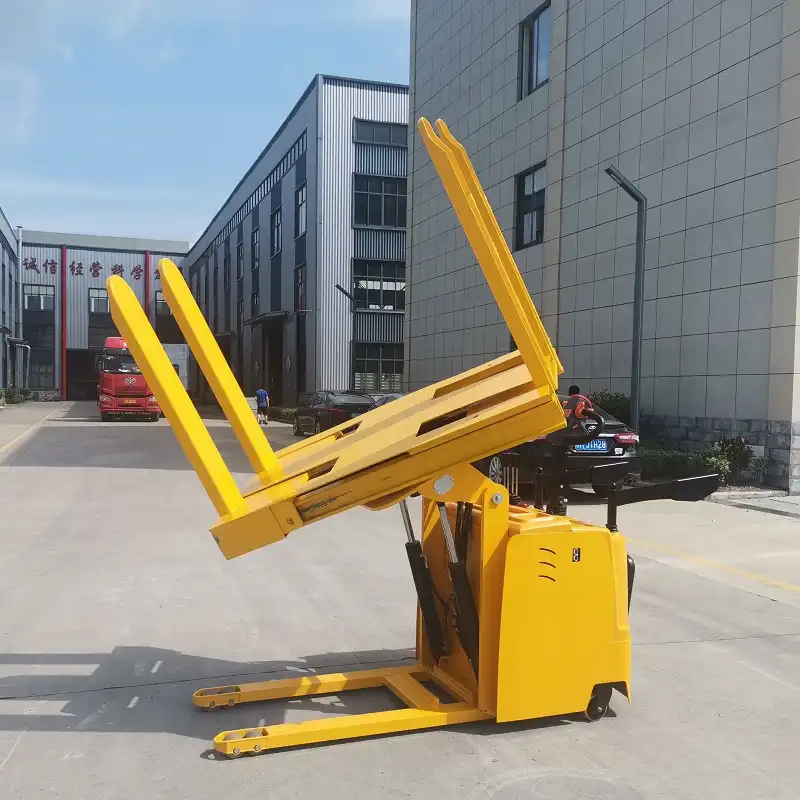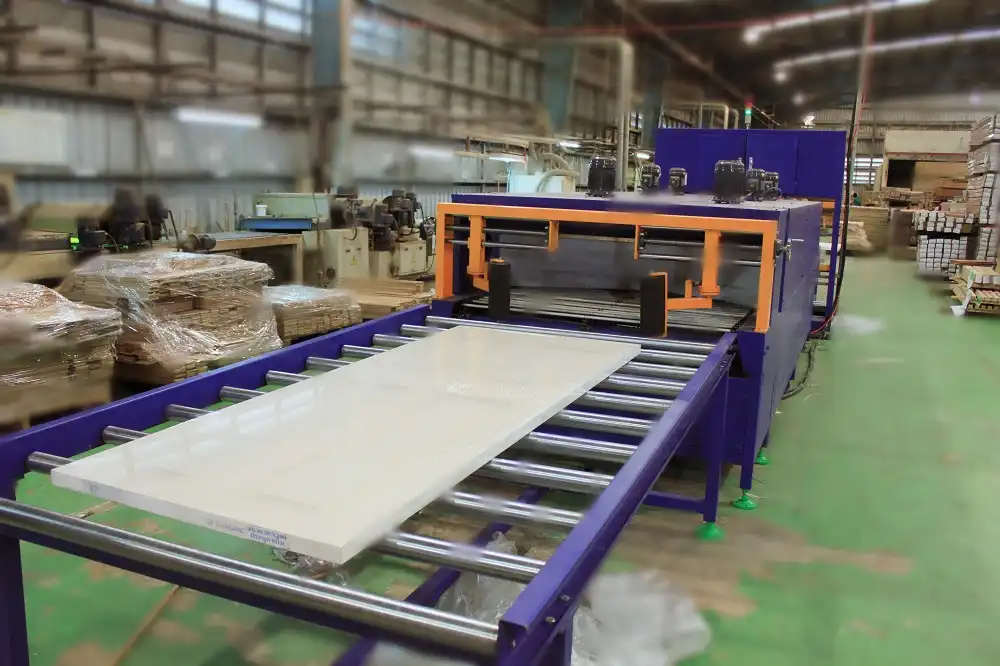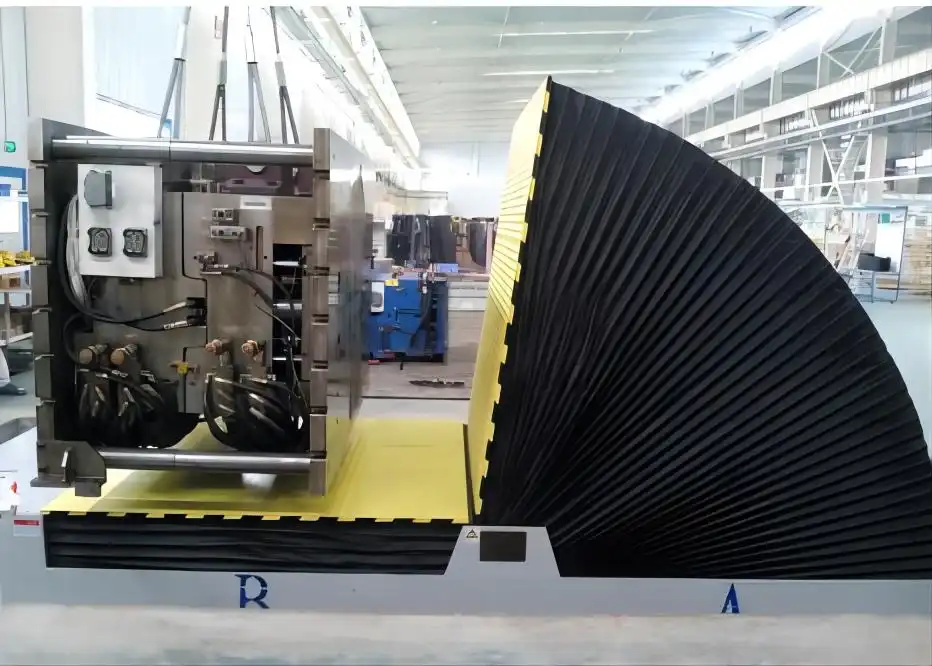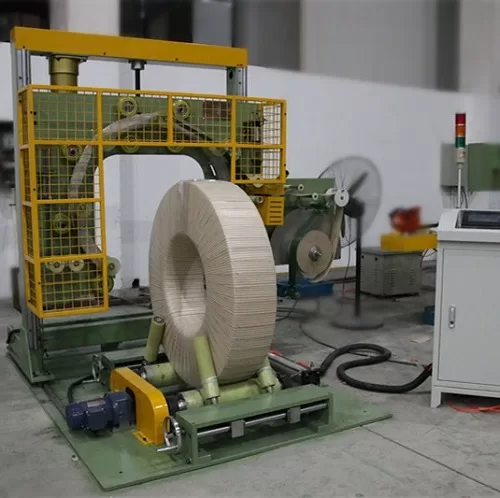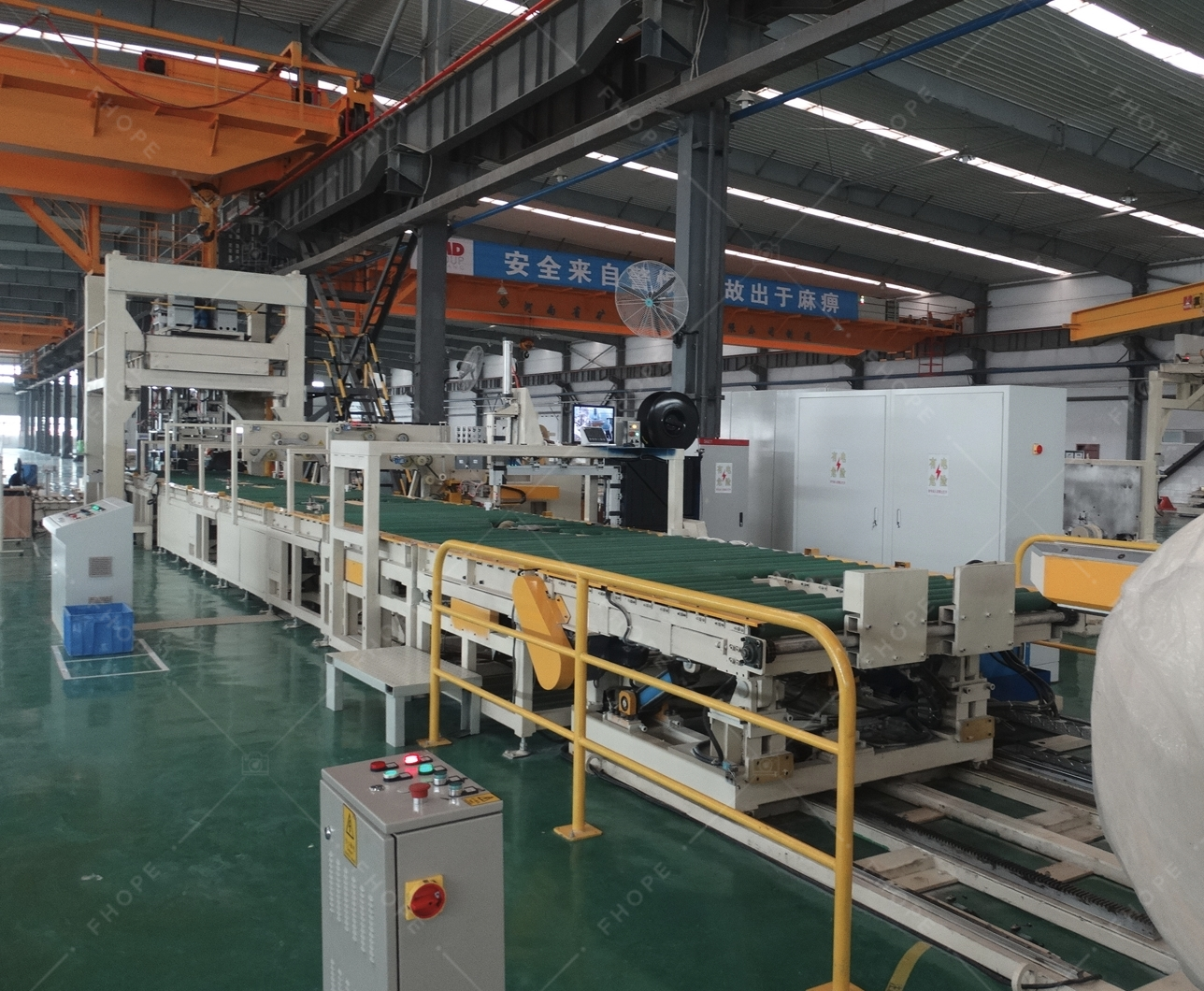How to Optimize Steel Wire Rewinding Machine Performance for High-Volume Operations?
Steel wire rewinding machines are indispensable for industries aiming to meet high-volume demands. Enhancing their performance requires strategic optimization, ensuring seamless operations and maximum throughput. This article explores techniques to elevate rewinding efficiency.
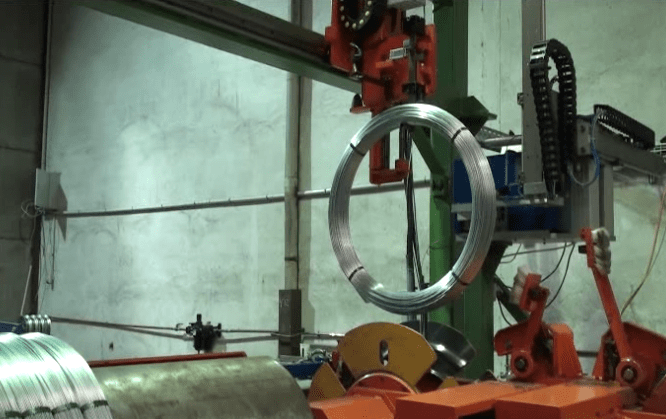
Optimizing steel wire rewinding machine performance for high-volume operations involves several key strategies. These include regular maintenance, upgrading components, implementing automation, and ensuring proper operator training. By focusing on these areas, businesses can significantly improve efficiency and reduce downtime.
Ready to unlock the full potential of your steel wire rewinding operations? Let’s explore actionable strategies that can transform your production line and maximize output.
Streamlining Operations: Maximizing Rewinding Speed and Efficiency
How can manufacturers boost rewinding speeds while maintaining consistent quality? This section explores practical methods to accelerate your rewinding processes without compromising the integrity of the steel wire.
To maximize rewinding speed and efficiency, focus on optimizing material flow, reducing changeover times, and enhancing operator proficiency. A combination of upgraded equipment, streamlined processes, and skilled personnel will yield the best results.Regular maintenance also plays a key role.
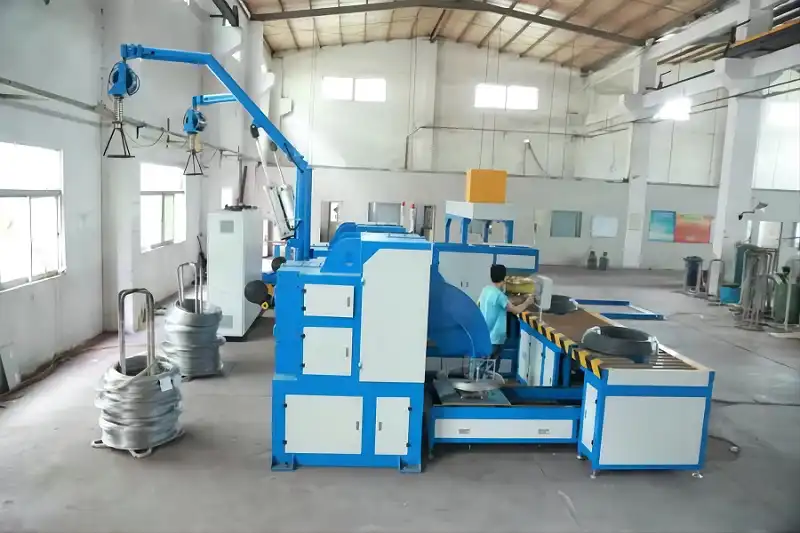
Deeper Dive: Unlocking Hidden Efficiencies in Your Rewinding Process
While maximizing speed is essential, true optimization demands a comprehensive approach. We need to dig deeper, analyzing each facet of the rewinding operation to uncover areas of improvement. This includes material handling, machine setup, and even operator ergonomics.
Material Handling Optimization
Efficient material handling directly impacts rewinding speed. Poorly organized wire spools or cumbersome loading processes can introduce delays and bottlenecks.
- Spool Management: Implement a system for organizing and tracking wire spools. Color-coding or labeling spools by wire type and gauge can reduce search times.
- Loading Mechanisms: Consider investing in automated loading systems or ergonomic lifting devices to minimize manual handling. This not only speeds up the process but also reduces the risk of operator injury.
- Material Flow: Optimize the layout of your facility to minimize the distance materials need to travel between storage, rewinding, and packaging areas.
Minimizing Changeover Times
Changeover times, the time it takes to switch between different wire types or spool sizes, can significantly impact overall efficiency.
- Standardized Procedures: Develop and document standardized procedures for changeovers. This ensures consistency and reduces the likelihood of errors.
- Quick-Change Components: Invest in rewinding machines with quick-change components, such as tool-less spool holders and adjustable guides.
- Kitting: Pre-assemble all the necessary tools and materials for a changeover in a kit. This eliminates the need to search for items during the changeover process.
Operator Ergonomics and Training
Operator comfort and training are often overlooked but can have a significant impact on performance.
- Ergonomic Workstations: Design workstations that are ergonomically sound, with adjustable heights and comfortable seating. This reduces fatigue and improves operator focus.
- Comprehensive Training: Provide operators with comprehensive training on the proper operation and maintenance of the rewinding machine. This includes troubleshooting common problems and performing routine maintenance tasks.
- Incentive Programs: Consider implementing incentive programs to reward operators for achieving performance goals. This can motivate operators to work more efficiently and reduce errors.
To illustrate the impact of these improvements, consider the following hypothetical scenario:
| Feature | Before Optimization | After Optimization | Improvement |
|---|---|---|---|
| Changeover Time (minutes) | 30 | 15 | 50% |
| Rewinding Speed (meters/min) | 100 | 120 | 20% |
| Error Rate (per 1000 meters) | 5 | 1 | 80% |
By focusing on these often-overlooked areas, you can unlock hidden efficiencies in your Steel wire rewinding machine performance and significantly improve your bottom line. Don’t underestimate the power of incremental improvements – they can add up to substantial gains over time.
Component Upgrades: Enhancing Machine Reliability and Speed
Are your machines showing their age? Upgrading key components can breathe new life into your rewinding operations. This section explores strategic upgrades that boost machine reliability and rewinding speed.
Upgrading steel wire rewinding machine components enhances reliability and speed, which can be achieved by modernizing motors, control systems, and wire guides. These upgrades contribute to smoother operations, increased output, and reduced downtime, optimizing high-volume rewinding performance.
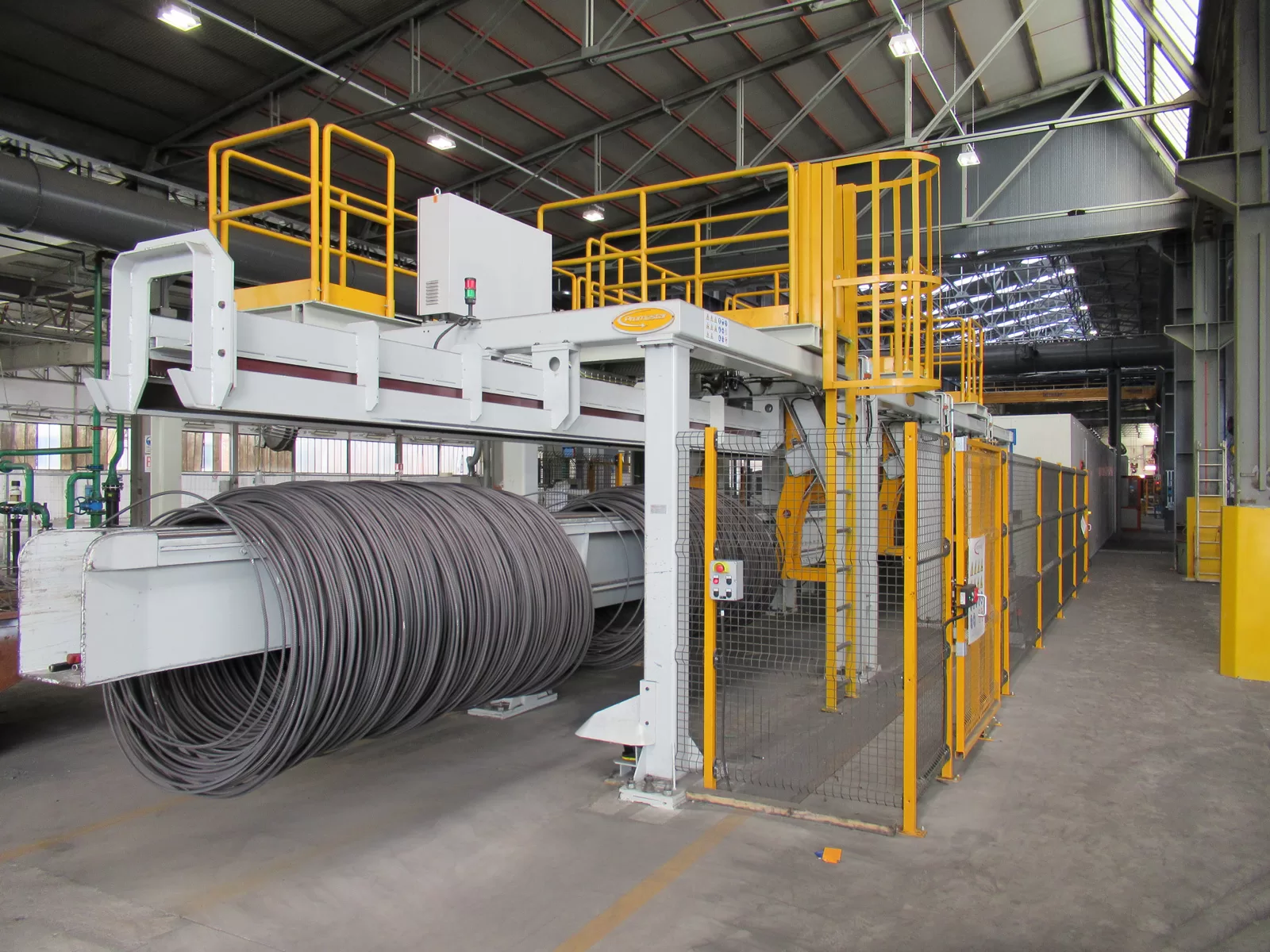
Diving Deeper: The Technical Aspects of Component Upgrades
Let’s delve into the technical aspects of each potential upgrade, examining how they contribute to improved performance and reliability.
Motor and Drive System Overhaul
The motor and drive system are the heart of the rewinding machine. Upgrading these components can significantly impact speed, torque, and energy efficiency.
- Variable Frequency Drives (VFDs): Replacing older motors with VFD-controlled motors allows for precise speed control and reduced energy consumption. VFDs also offer soft-start capabilities, reducing stress on the machine’s mechanical components.
- Servo Motors: For applications requiring precise positioning and tension control, servo motors offer superior performance compared to traditional induction motors. They provide higher accuracy and responsiveness, resulting in improved coil quality.
Control System Modernization
Outdated control systems can limit the capabilities of your rewinding machine. Modernizing the control system can unlock new features and improve overall efficiency.
- Programmable Logic Controllers (PLCs): Replacing relay-based control systems with PLCs provides greater flexibility and programmability. PLCs allow for easy integration of new features and improved diagnostics.
- Human-Machine Interfaces (HMIs): Upgrading to a modern HMI with a touchscreen interface makes it easier for operators to monitor and control the rewinding process. HMIs can also provide real-time data on machine performance and alert operators to potential problems.
Wire Guide and Tension Control Enhancements
The wire guide and tension control system play a crucial role in ensuring consistent coil quality.
- Ceramic Wire Guides: Replacing steel wire guides with ceramic guides reduces friction and wear on the wire, resulting in improved surface finish and reduced breakage.
- Closed-Loop Tension Control: Implementing a closed-loop tension control system allows for precise and automatic adjustment of wire tension. This ensures consistent coil tightness and reduces the risk of wire damage.
- Pneumatic Tensioners: Upgrading to pneumatic tensioners provides more responsive and consistent tension control compared to mechanical tensioners.
By carefully selecting and implementing these component upgrades, you can significantly enhance the reliability and speed of your steel wire rewinding machines, optimizing them for high-volume operations. The key is to identify the bottlenecks in your current system and target those areas for improvement.
Automation Integration: Reducing Manual Labor and Increasing Throughput
How can automation transform your rewinding process? This section explores the benefits of integrating automated systems to reduce manual labor and boost overall throughput.
Integrating automation into steel wire rewinding operations reduces manual labor, increases throughput, and enhances safety. Automated spool handling, wire feeding, and packaging systems minimize human intervention, ensuring consistent, high-speed production while cutting down operational costs.
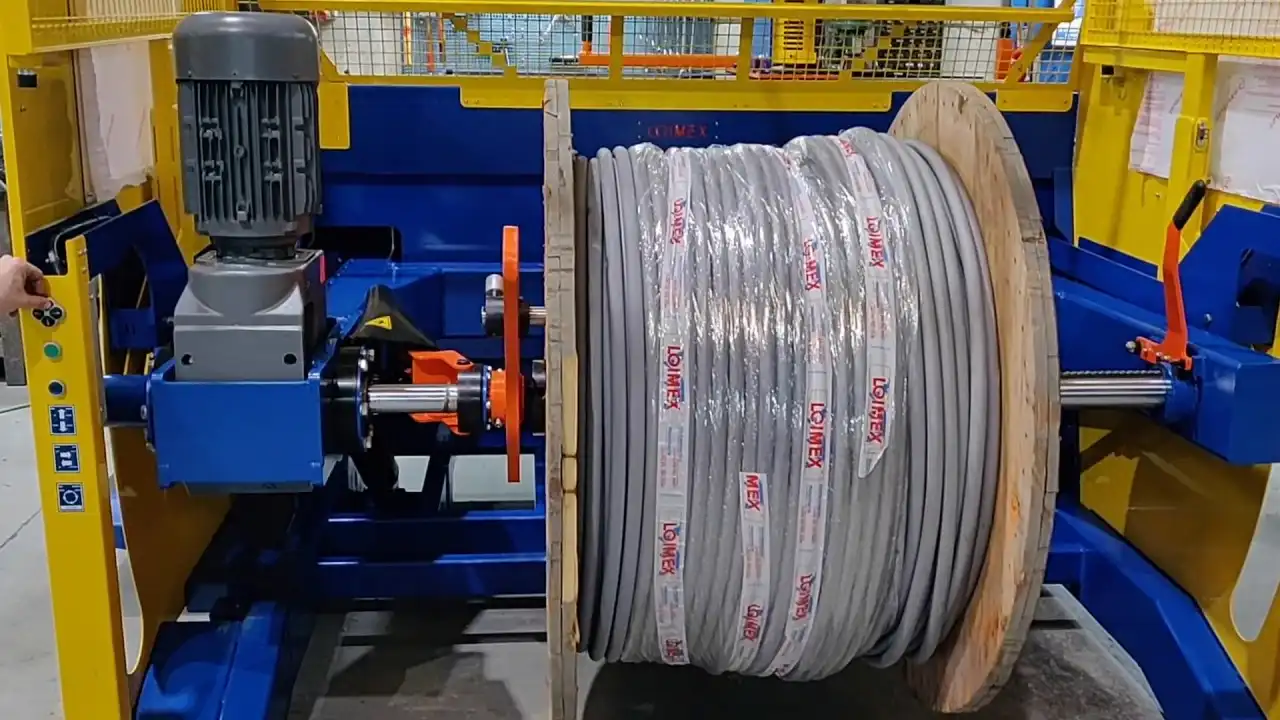
The Power of Automation: A Step-by-Step Guide to Implementation
Automation isn’t just about replacing human labor; it’s about creating a more efficient and reliable process. To effectively implement automation in your steel wire rewinding operations, consider these key areas:
Automated Spool Handling
Manually loading and unloading spools can be time-consuming and physically demanding. Automating this process can significantly reduce labor costs and improve safety.
- Robotic Loading and Unloading: Implementing robotic systems to load and unload spools can automate this repetitive task. Robots can handle heavy spools with precision and speed, reducing the risk of injury.
- Automated Conveyor Systems: Integrating conveyor systems to transport spools between different stages of the rewinding process can streamline material flow and reduce bottlenecks.
Automated Wire Feeding
Ensuring a consistent and reliable wire feed is crucial for maintaining rewinding speed and quality. Automated wire feeding systems can help to eliminate manual adjustments and reduce the risk of wire breakage.
- Automatic Tension Control: Implementing automatic tension control systems ensures that the wire is fed at the correct tension, preventing loose coils and improving overall coil quality.
- Wire Break Detection: Integrating wire break detection systems can automatically stop the machine if a wire break occurs, preventing damage to the machine and reducing downtime.
Automated Packaging
Packaging can be another labor-intensive process. Automating the packaging process can improve efficiency and reduce the risk of damage to the finished coils.
- Automatic Strapping Machines: Implementing automatic strapping machines can securely strap the finished coils, ensuring that they are properly packaged for shipping.
- Automatic Wrapping Machines: Integrating automatic wrapping machines can wrap the coils in protective film, preventing damage during transportation.
To illustrate the impact of automation, consider the following table:
| Feature | Before Automation | After Automation | Improvement |
|---|---|---|---|
| Labor Cost (per coil) | \$X | \$X/3 | 66% |
| Production Rate (coils/hour) | Y | 3Y | 200% |
| Downtime (hours/month) | Z | Z/2 | 50% |
By strategically implementing automation in these key areas, you can significantly improve the efficiency and profitability of your steel wire rewinding operations. Remember to carefully evaluate your specific needs and choose automation solutions that are tailored to your particular requirements.
Preventative Maintenance: Ensuring Long-Term Machine Reliability

Consistent preventative maintenance is key to maximizing steel wire rewinding machine reliability, including frequent inspections, lubrication, component replacements, and thorough cleaning schedules. Addressing issues before they escalate minimizes downtime and extends the machine’s lifespan, crucial for sustained, high-volume operations.
Neglecting preventative maintenance can lead to unexpected breakdowns, costly repairs, and significant downtime. By implementing a proactive maintenance program, you can ensure that your rewinding machines operate reliably and efficiently for years to come. A well-structured maintenance plan ensures consistent efficiency improvements, extends equipment lifespan, and averts unexpected failures.
A robust preventative maintenance program combines routine checks, timely replacements, and meticulous cleaning, ensuring smooth operations and prolonged machinery lifespan. Prioritizing this approach safeguards productivity and trims operational expenses.
Conclusion
Optimizing steel wire rewinding machine performance for high-volume operations involves a multifaceted approach. By streamlining operations, upgrading components, integrating automation, and implementing preventative maintenance, manufacturers can significantly enhance efficiency, reduce costs, and ensure long-term reliability. Embracing these strategies is crucial for staying competitive in today’s demanding market.

